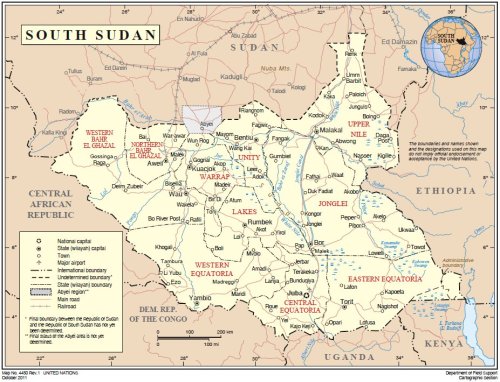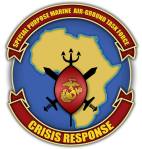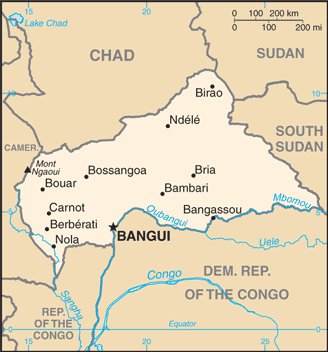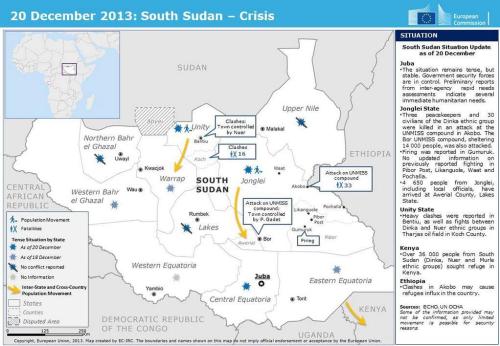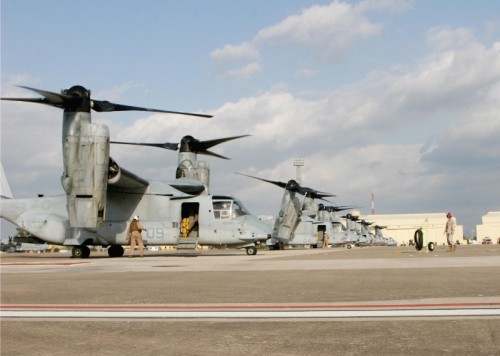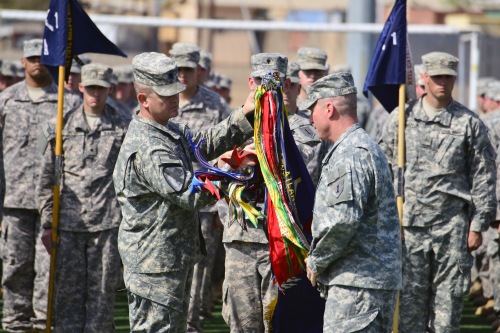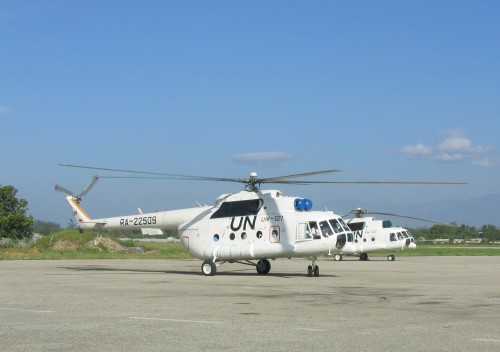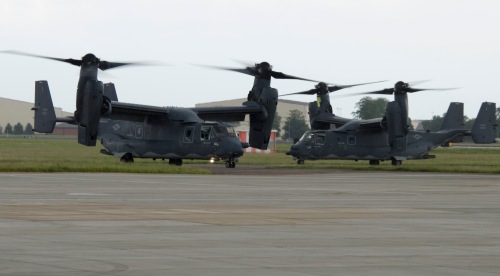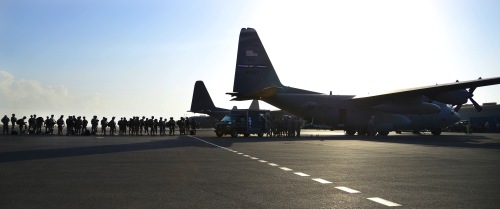Last Friday, East African leaders of the nations of the Intergovernmental Authority on Development (IGAD) bloc met in Nairobi, Kenya to discuss the ongoing crisis in South Sudan, where inter-communal violence has erupted following the reported suppression of a coup attempt. South Sudanese President Salva Kiir was among the heads of state who attended the meeting. A joint communique was subsequently issued condemning the violence and calling for a peaceful and mediated solution. Point number seven of the communique specifically said:
“Condemns all unconstitutional actions to challenge the constitutional order, democracy and the rule of law and in particularly condemns changing the democratic government of the Republic of South Sudan through use of force”
Following the meeting, the South Sudanese government pledged to cease hostilities against rebels, but no formal ceasefire resulted from the pledge. Ethnic Nuer rebels, who accuse the Dinka ethnic group of dominating the government of the world’s newest country, were reasonably wary of the government’s pledge in the absence of a formal agreement. On Saturday, a Nuer tribal militia loyal to former Vice President Riek Machar called the “White Army” was reported to be preparing to attack the capital of Jonglei state, Bor, which had already become a hotspot of the violence in the country. President Kiir accused Machar of being behind the coup attempt, and while Machar has repeated denied this, he has effectively sided with Nuer rebels. The White Army, reportedly numbering some twenty-five thousand individuals, mostly Nuer youth, was then reported to have turned around from its march on Bor on Sunday. Machar has also said he supports a ceasefire, but one that includes a verification component.
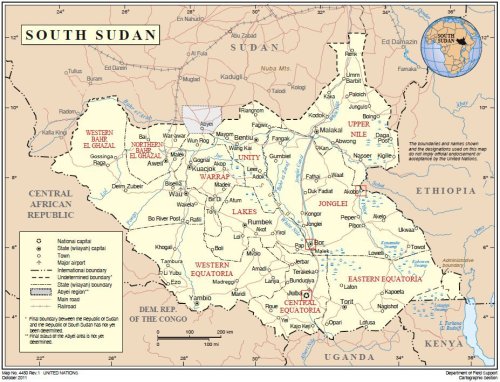
Map of South Sudan from the United Nations, dated October 2011. The capital, Juba, as well as the cities of Akobo and Bor have been highlighted. Violence has also been reported in Unity and Upper Nile states.
However, the White Army remains a force to be contended with and is seen by many as an additional obstacle to a negotiated settlement. Nuer militia have already been responsible for an attack on a facility in Akobo run by the United Nations Mission in the Republic of South Sudan (UNMISS), that resulted in the deaths of two Indian peacekeepers and twenty civilians fleeing the violence. The UN estimates that over sixty-thousands civilians are currently sheltering at UNMISS facilities. The UN recently approved the expansion of UNMISS and peacekeepers from African nations have begun to arrive in the country. This includes a deployment of Ugandan peacekeepers today, along with a statement from Uganda’s President Yoweri Museveni, who was present at the IGAD summit, calling for Machar to agree immediately to a ceasefire or face the potential of regional action. So far the United States has deployed forces to the country primarily to assist in the evacuation of US and other foreign nationals and to guard diplomatic facilities.
